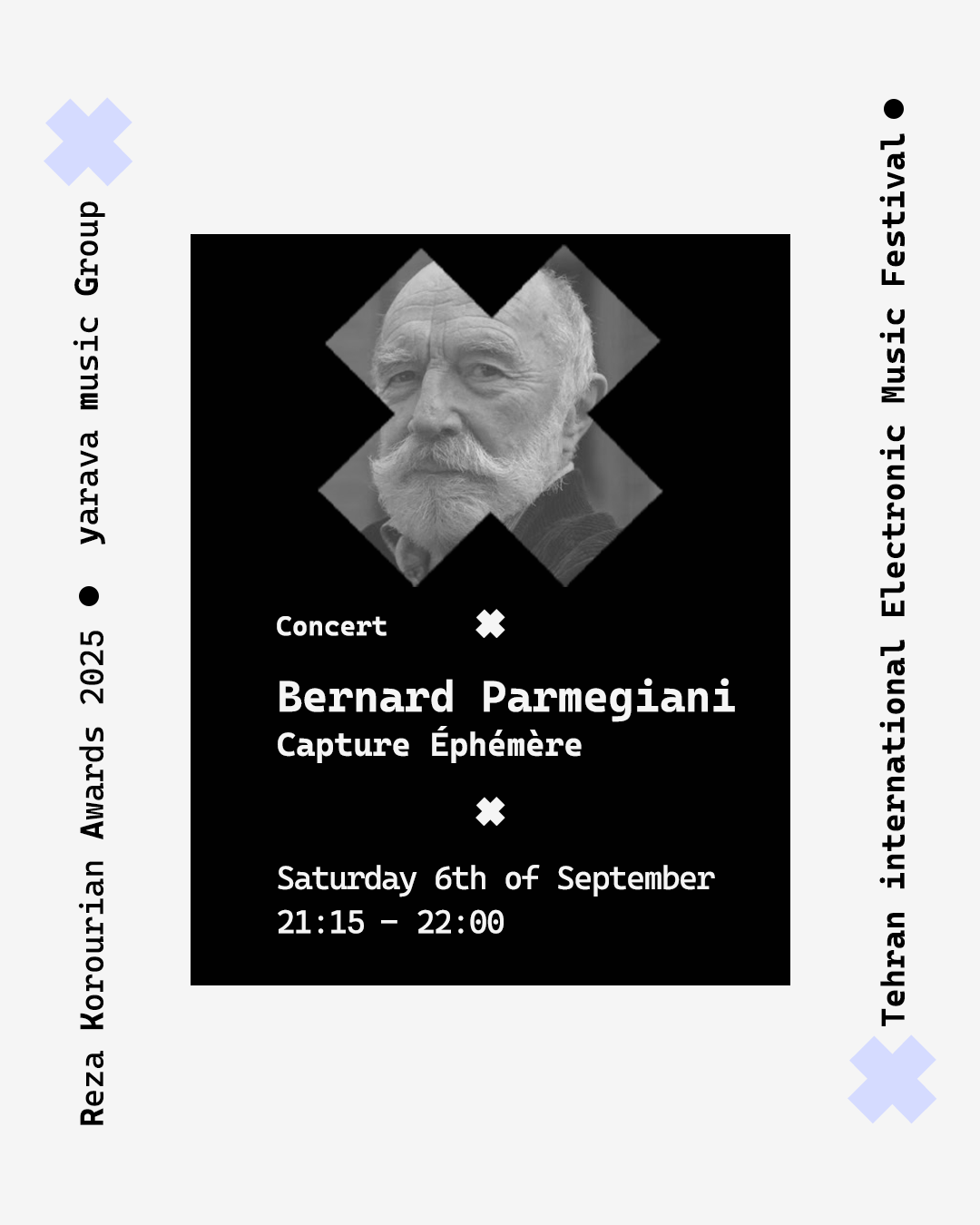First Day
Workshop – Lecture – Opening Ceremony – Opening Concert – Concert
6 September 2025
Advanced Csound
Learning to Forget the Past; Yearning to Forget the Future
19:00 - 20:00 | Music Museum
Curated by TIEMF
20:15 - 21:00 | Music Museum
Curated by Thomas Gorbach
20:15 - 21:00 | Music Museum
Events
Workshop
Summary
The workshop is dedicated to program some musical structures as algorithms. We will start from a musical idea and try to find means how to code them in Csound. As a side line, we will also cover some new programming features in Csound 7.
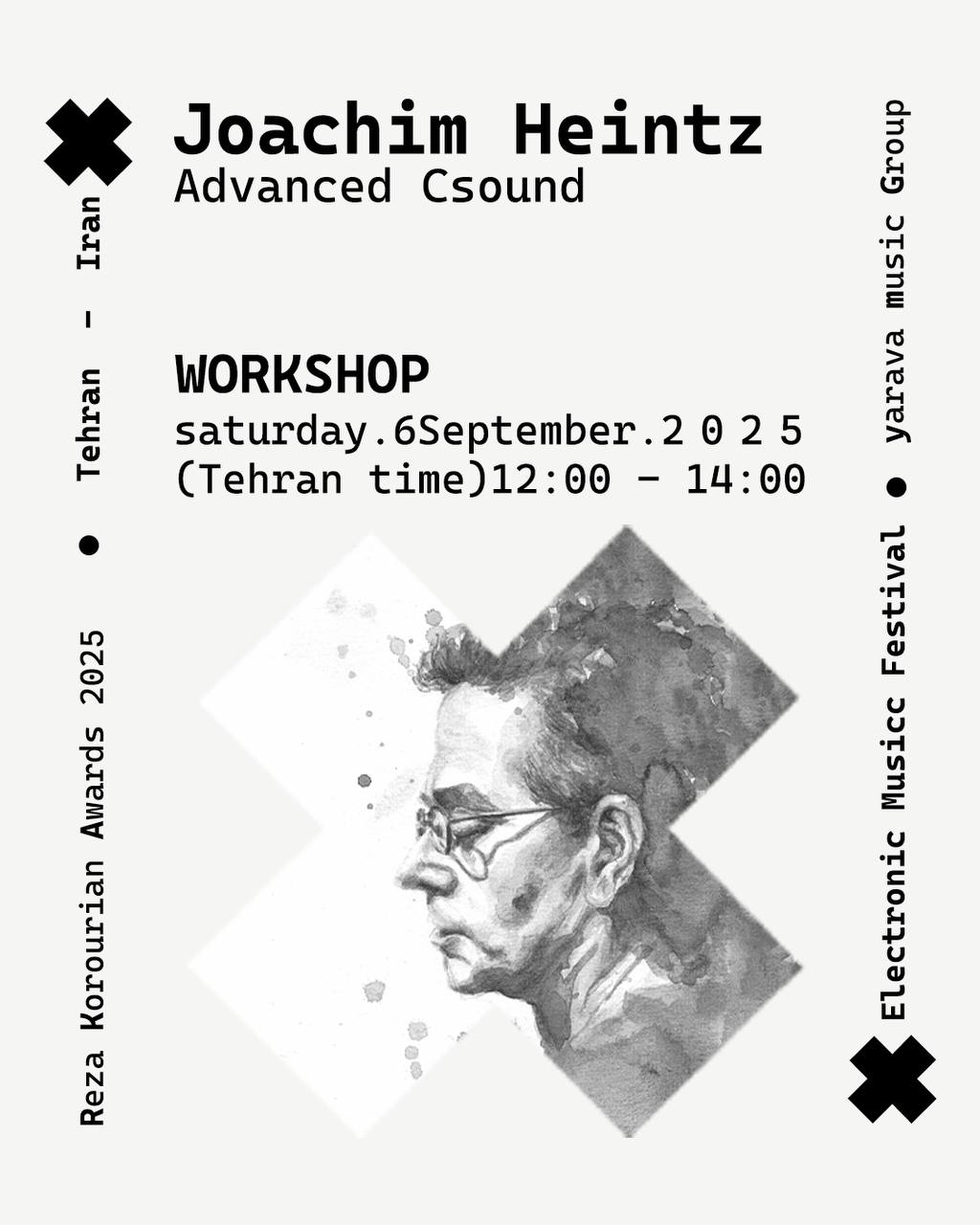

Lecture
Summary
Learning to Forget the Past; Yearning to Forget the Future: This talk will focus on prognoses (and their impossibility) both in general and for the electronic music of the near future, with reference to past developments (and past prognoses). It will touch on the continuing relevance of what has historically been called tape music: its practice and its reception; current and future technologies (not limited to AI); the potential of Music Apps; metanarratives in general but also as an approach to musical form (and its perception); and the teaching of electronic music. The second part will introduce my piece from the concert, voir (remix), as well as the technologies it arose from.
Opening Ceremony
19:00 – 20:00 | Music Museum
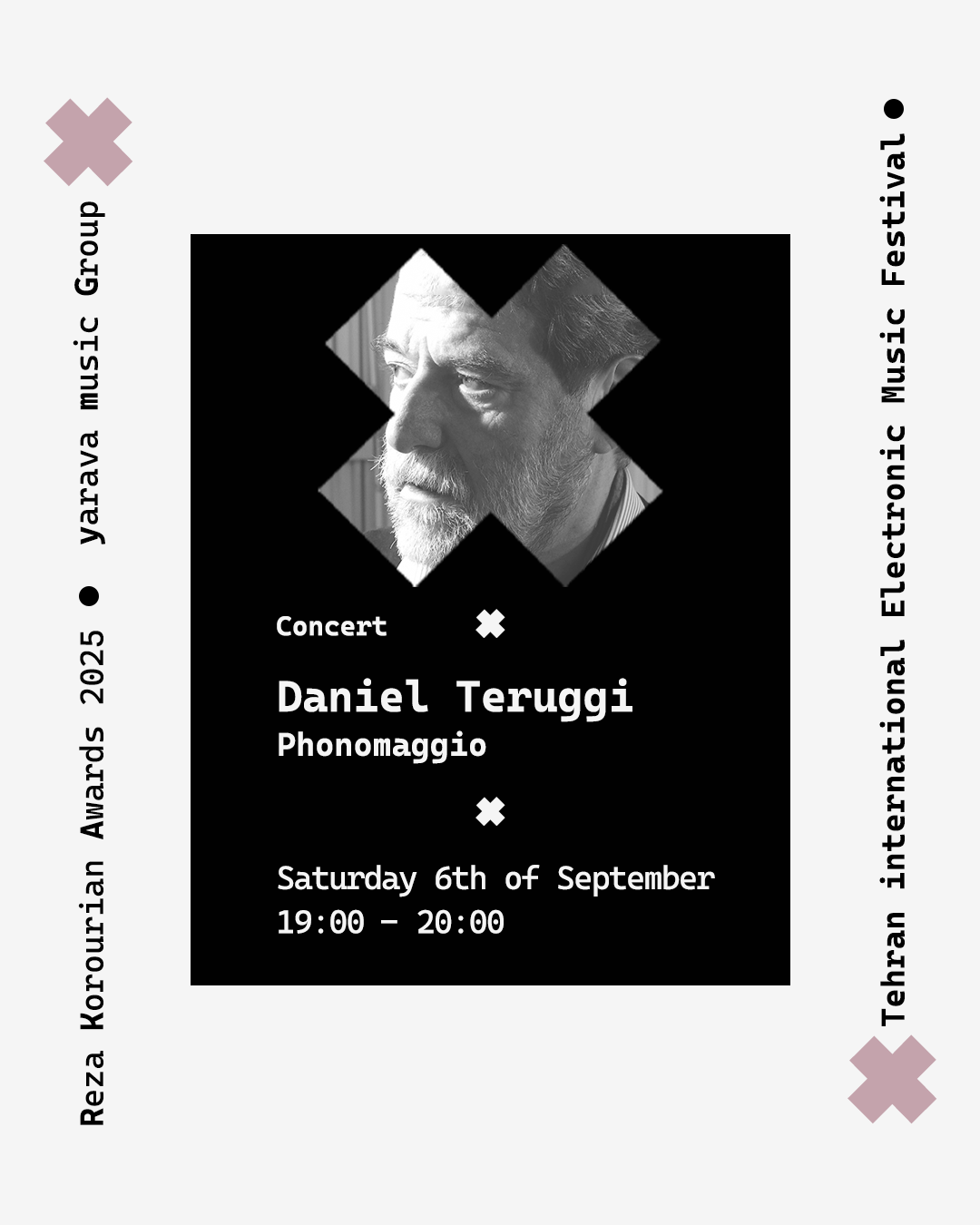
Program Notes
Phonomaggio (2023) Phonomaggio is a tribute to the Studio of Phonology in Milan, a pioneering institution in electroacoustic work whose name evokes the voice and the search for new languages. Founded by RAI in 1955 by Luciano Berio and Bruno Maderna, it has been an important center of musical thought on the possible uses of electronic tools. Luciano Berio composed there one of the emblematic works of the 1950s, the Thema (Omaggio a Joyce) which pays homage to James Joyce and to the voice of Cathy Berberian who recites chapter 11, Sirens from the Ulysses. No references, no allusions, a simple tribute through the memories of listening; the captivating voice of Cathy Berberian and the swirling treatments of her voice. A tribute also to the laborious studio-work involved at that time in the composition of "electronic" music, as it was called in Italy and "concrete" as Pierre Schaeffer had baptized it in France. Omaggio allora al maestro Berio.
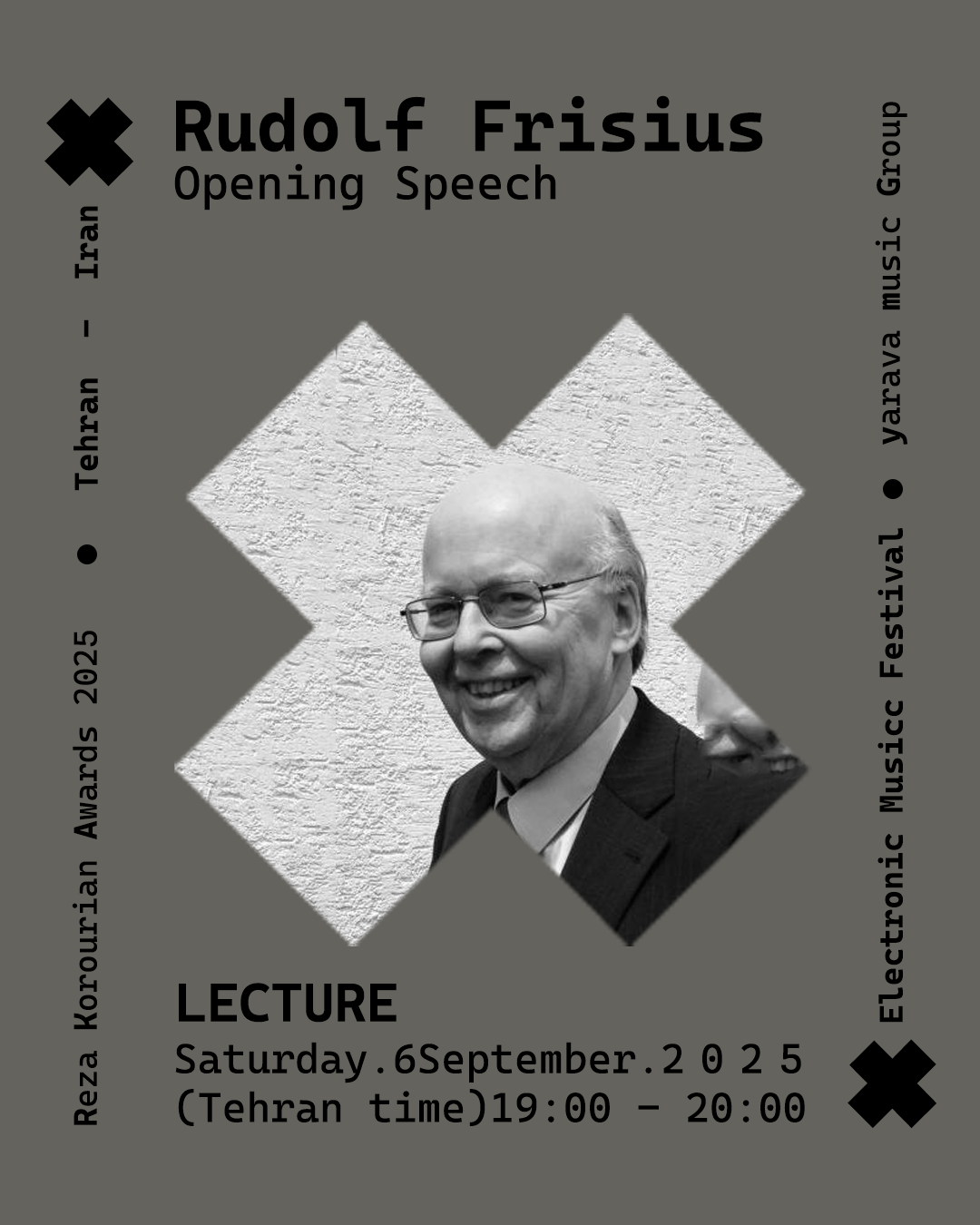
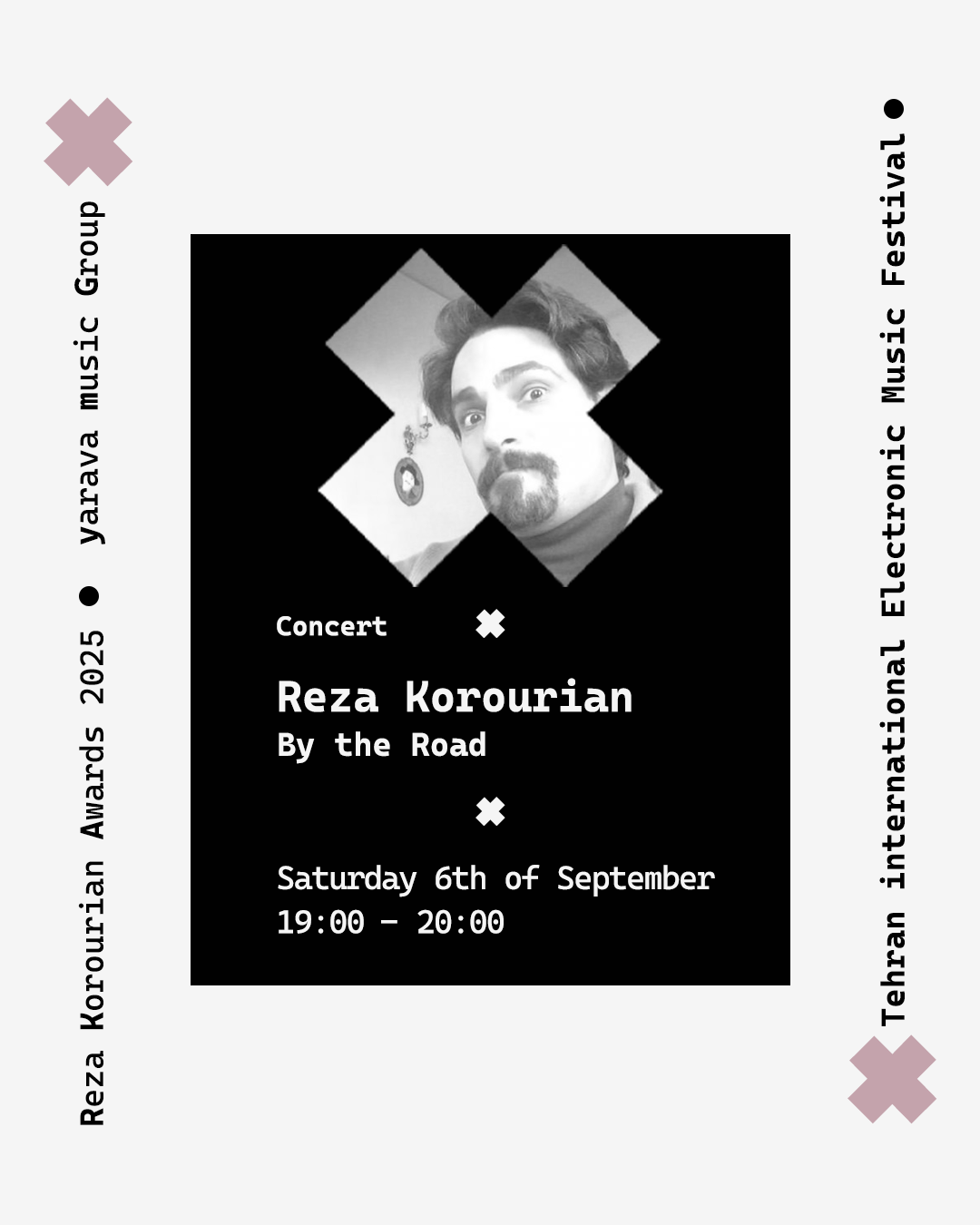
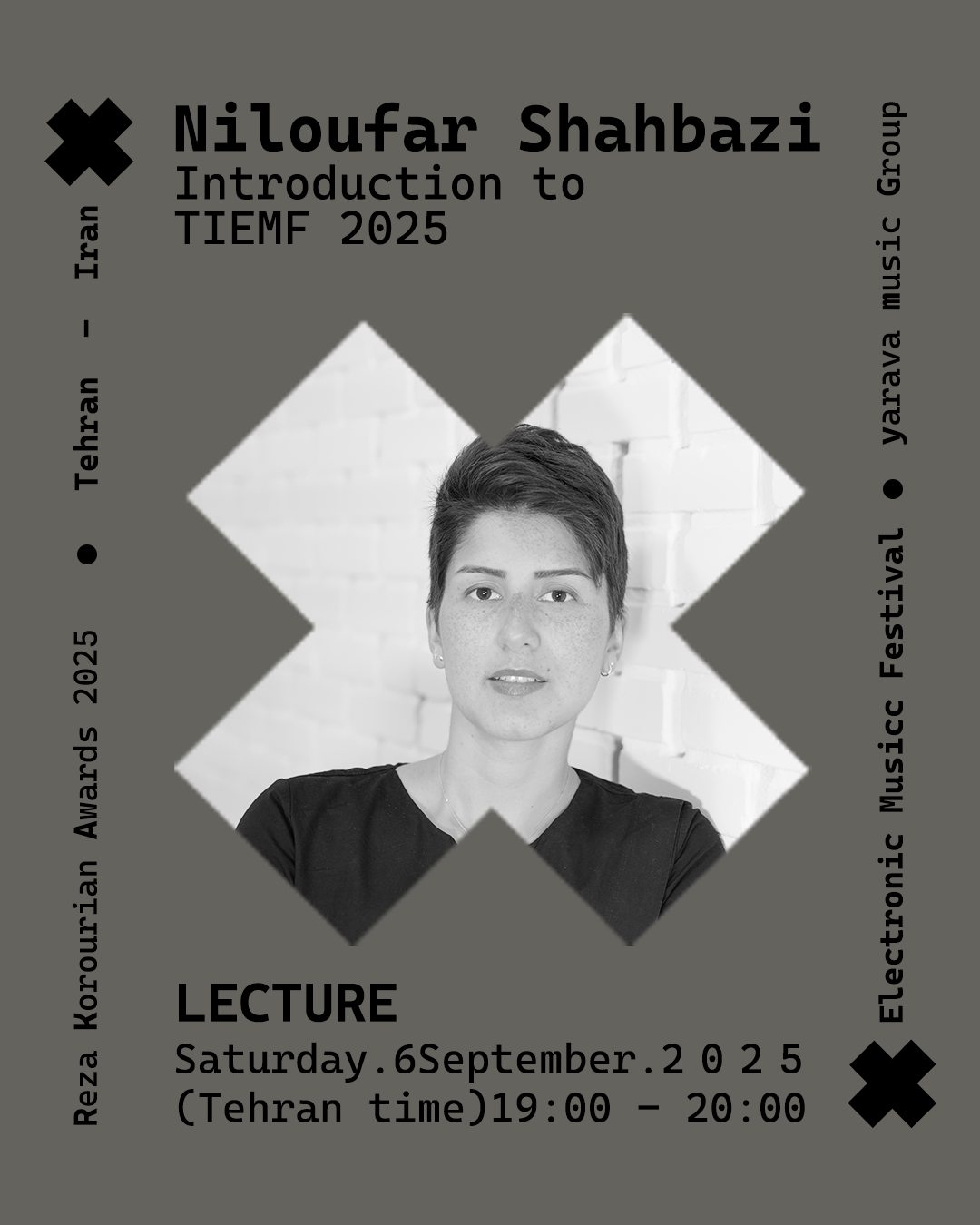
Opening Concert
Curated by TIEMF
20:15 – 21:00 | Music Museum
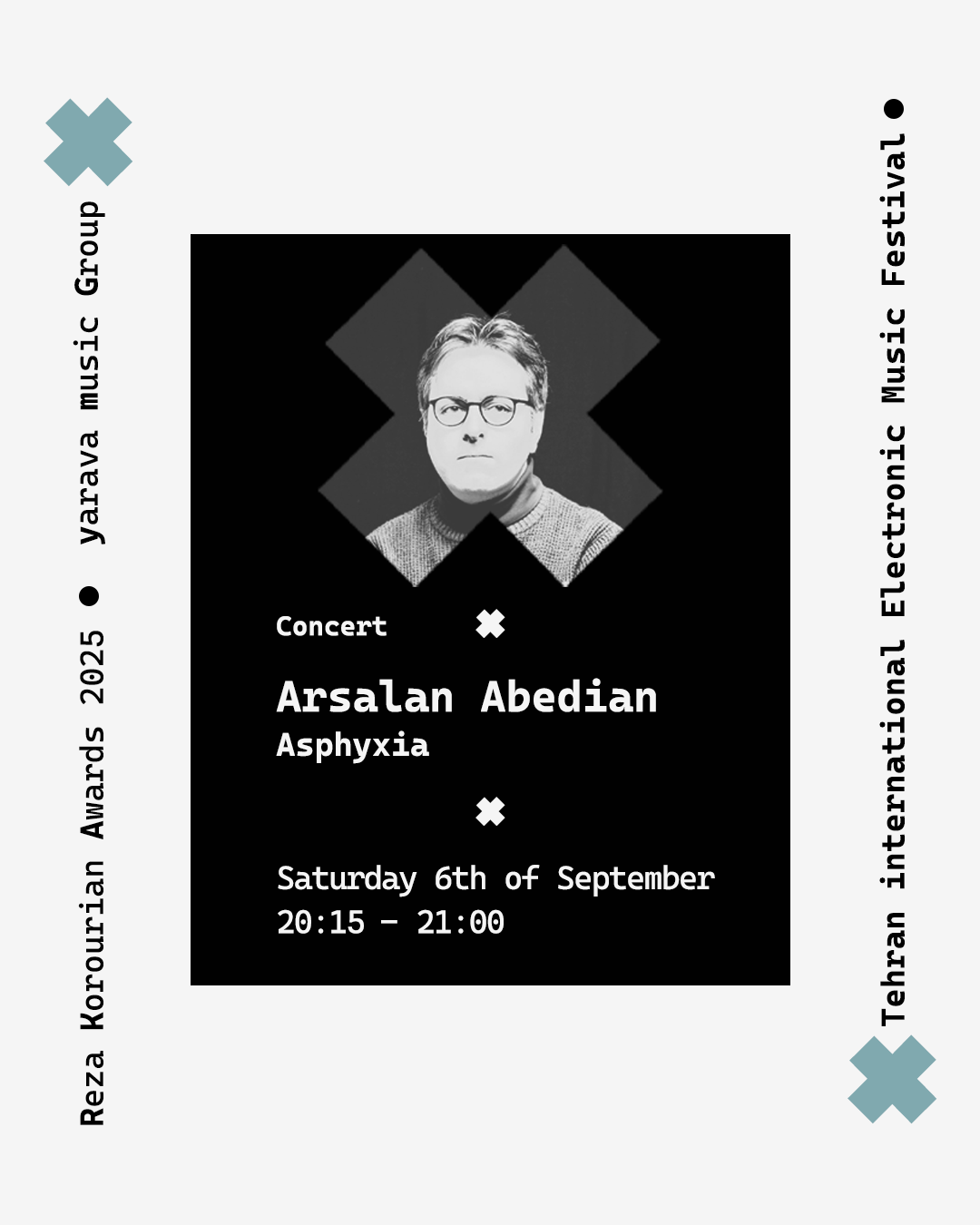
Program Note
Asphyxia
An unheard aura emerges.
Most of it has been deleted, swallowed, vomited.
What remains are the in-between spaces:
a silence filled with pressure, hatred, breathlessness.
One hears what usually disturbs.
The sound of asphyxia.
Cut, hollowed out, exposed.
A collage of what remains.
Perhaps nothing more than an endless memory.
Program Note
This composition was created by crafting transitions between sonic gestures through detecting and bridging musical distances, seeking similarities between sound events, and constructing paths from one manifestation to the next. ‘Dance Song’ also expresses my passion for world music, utilizing folkloric dance music from different regions of Papua New Guinea.
Year of composition: 2025 (premiere)
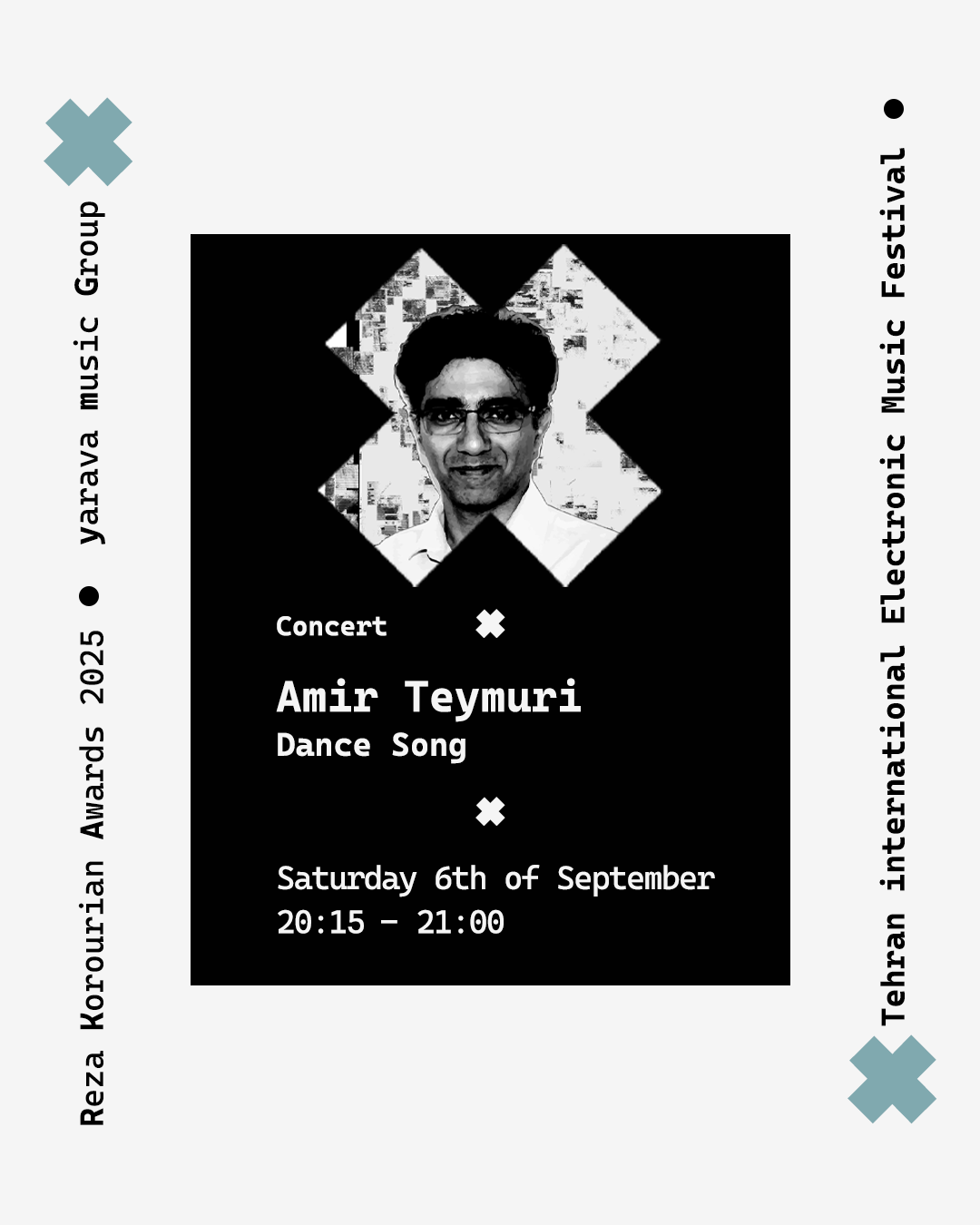
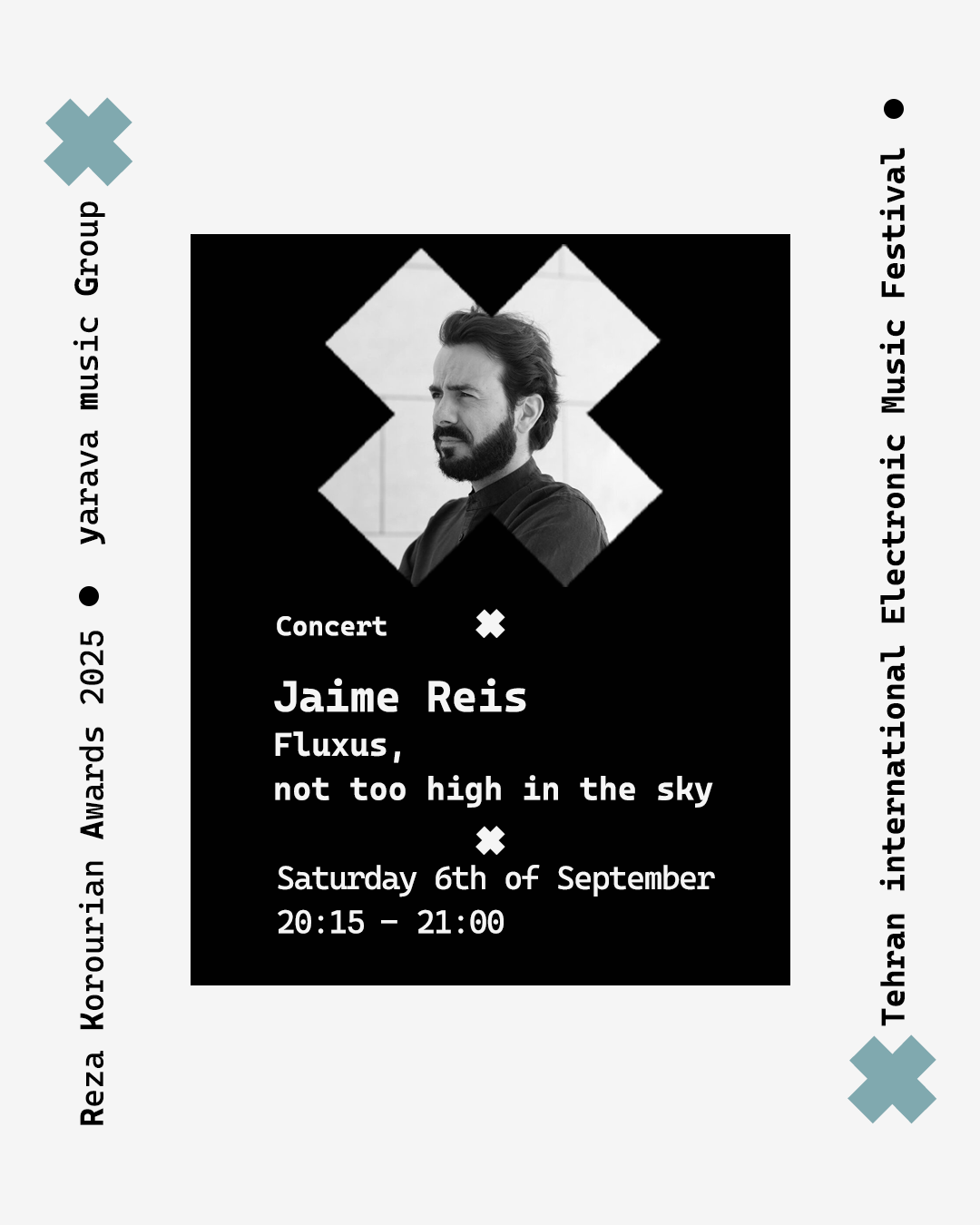
Program Note
Commissioned within the frame of the project “The Soundscape we live in”, a European Project organized in collaboration with GMVL, Tempo Reale, Amici della musica de Cagliari, AFEA and Ionian University.
The main electronic realization was made in a residency at the Studios of Musiques & Recherches (Belgium, Brussels, Ohain).
Selected as finalist work for the 10th biennal acousmatic composition competition Métamorphoses (Belgium) and Prix Russolo 2018 (France/Italy).
This piece belongs to the cycle Fluxus, whose pieces are inspired by elements of physics and in which musical elements related to physical phenomena on fluid mechanics are developed. This particular piece is centered in ideas related to what I have called “aerial” soundscapes.
The formal development is based on 3 pillars that were inspired by Bernie Krause’s concepts geophony, biophony, and anthropophony (géophonie, biophonie, anthropophonie). The sections are interconnected through specific spatial movements that show or hide their own paths, recognition of sound sources, and other events in order to create moments that are more or less clear in the perception of themselves.
Program Note
Mian (In-Between) is an experimental sound piece inspired by the concept of in-betweenness in both its physical and metaphorical dimensions: being between places, in transit, or caught between situations. This “between” carries instability and unsettledness within itself, yet as it occupies a large part of many lives, people find ways to “settle” in the unsettled—or in the in-between.
This concept is the core of the piece. The main sound sources are recordings made in airplanes and airports (illustrating literal in-between moments) and recordings of feedback (illustrating technical in-betweenness or being caught in loops). The recordings are mostly lo-fi, mirroring the noisy and unclear atmosphere of in-
betweenness. The concept also shapes the form of the piece. Moments of tranquility and tension, intimacy and distance, intertwine—so that the piece itself becomes an in-between object, an in-between experience.
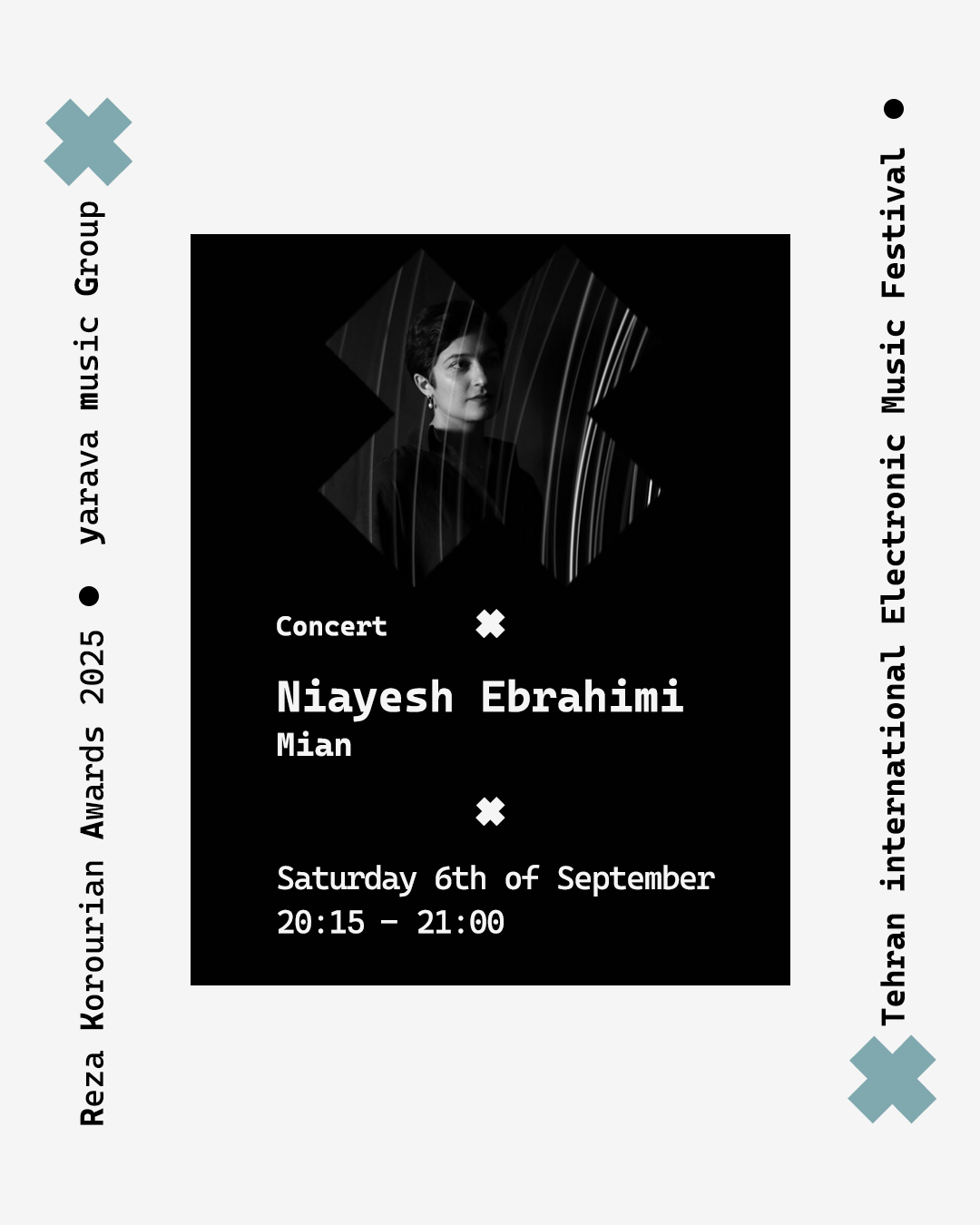
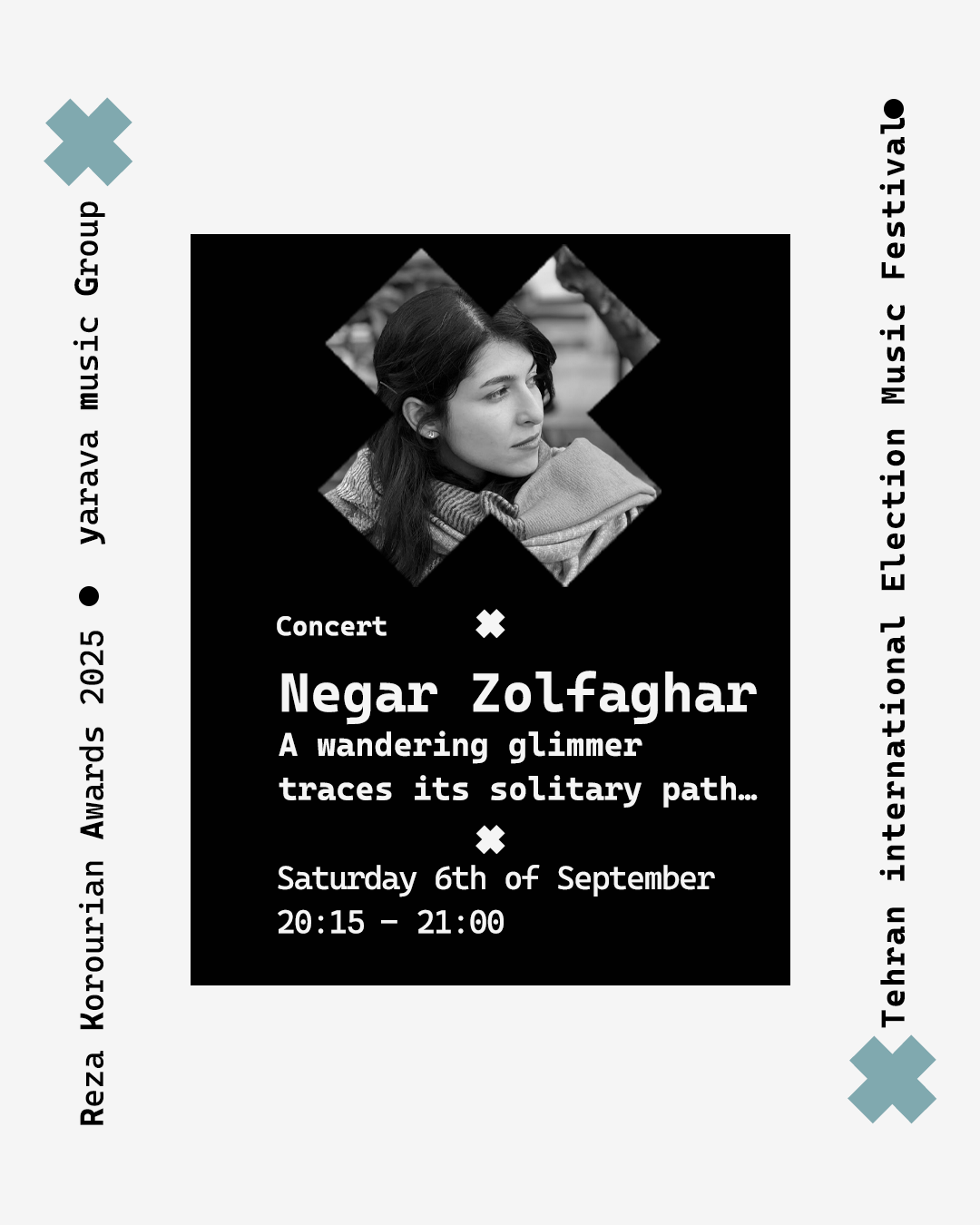
Program Note
This Piece is a stereo “fixed media” composition, based on the sounds of the “Ney” instrument and vocals. It was created using CsoundQt and Audacity. The full title of the piece is “Within a room, shrouded from the light’s caress, a wandering glimmer traces its solitary path.”. The abbreviated title is “A wandering glimmer traces its solitary path…”. The emotional influence of Sohrab Sepehri’s poem “Unanswered” has been significant in the compositional process. Since the overall structure and form of this piece have been shaped in the form of a coherent whole through the transformation of sonic textures and various timbral contents, the simultaneous and meaningful integration of the streams of sounds or sound fragments with diverse gestures and the existence of focal points in it, and in the path of the piece evolve, therefore, the piece’s texture can be considered holophonic based on the theory of the Greek composer, Panayiotis Kokoras.
Concert
Curated by Thomas Gorbach
21:15 – 22:00 | Music Museum
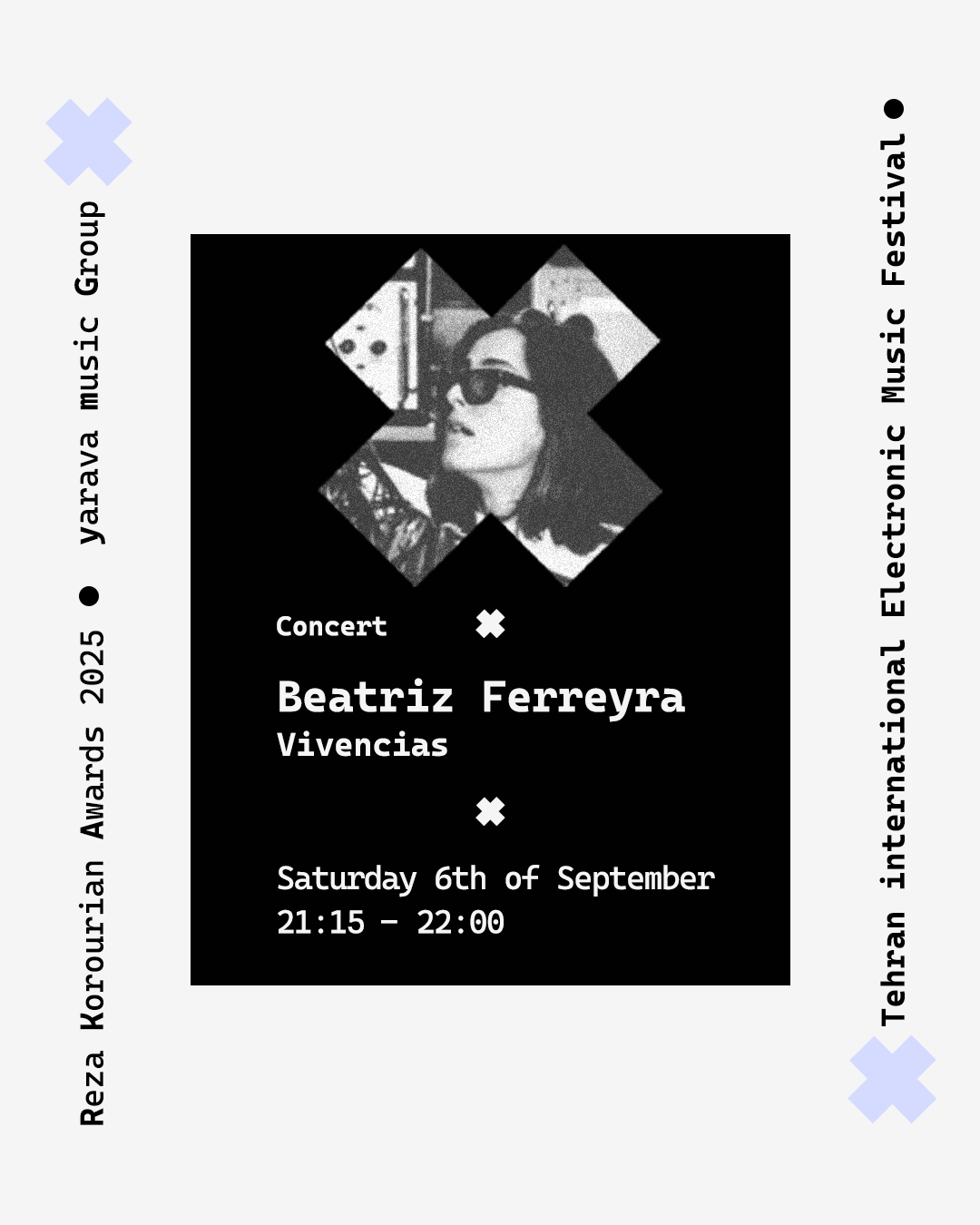
Program Note
Tensioactive substances seem inconspicuous, yet they are of crucial importance: They bridge what repels – liquids with seemingly insurmountable surface tensions come together through their intervention. In the same way, the composition penetrates tensions, dissolves them, and transforms them into new sonic landscapes. It reflects the fragmentation of our world, where contradictions can be guided into a delicate harmony through careful mediation.
Three distinct frictions lead the way: surfaces collide, friction ignites sparks, until a new soundscape opens up. Frequencies intertwine – sharp, crystalline – and unexpectedly reveal a shimmering beauty of their own. The transformation begins: what was once stretched horizontally tips over, pulled by the weight of recoil, where sound seeks its new form – and in the vertical, finds the moment of metamorphosis.
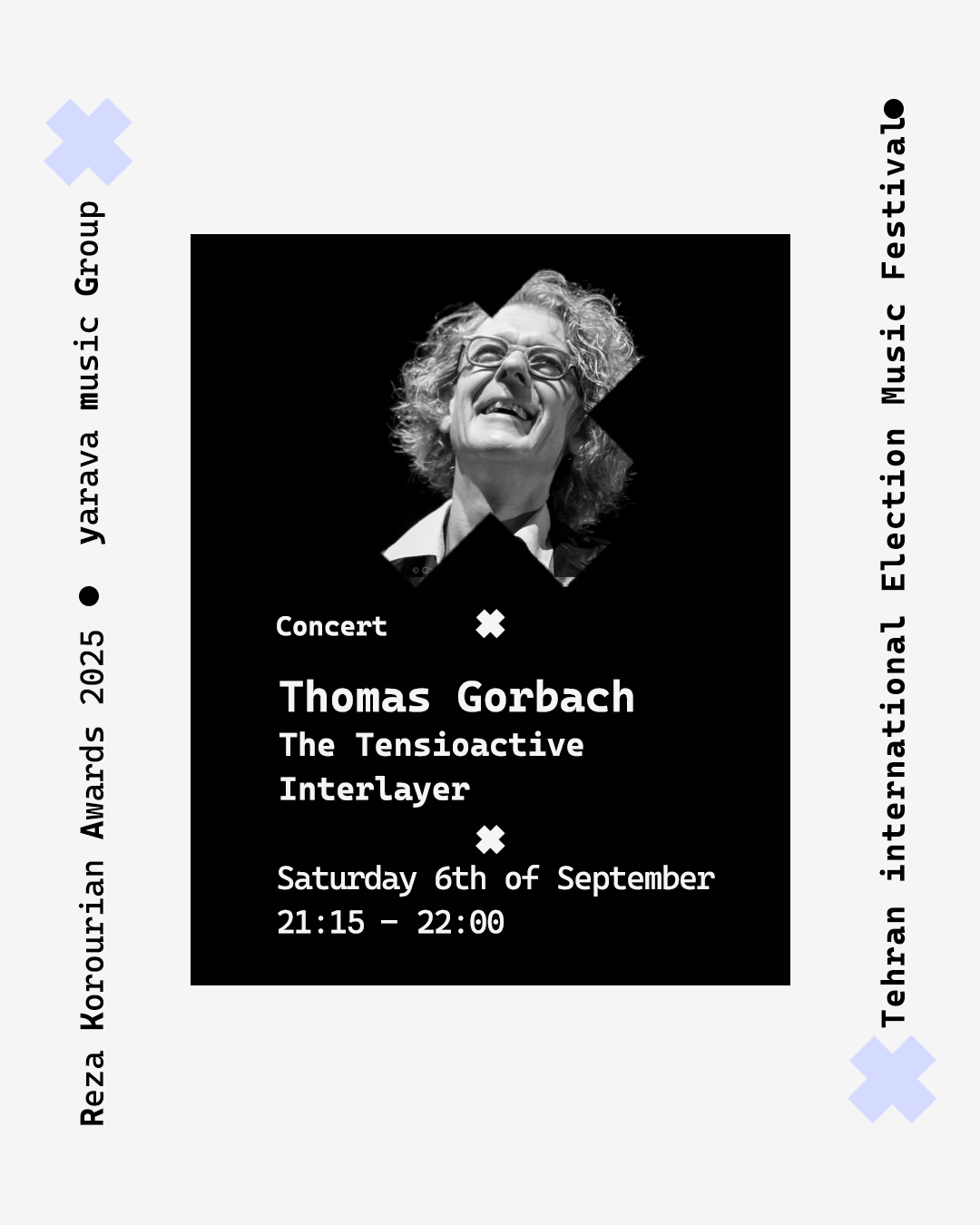
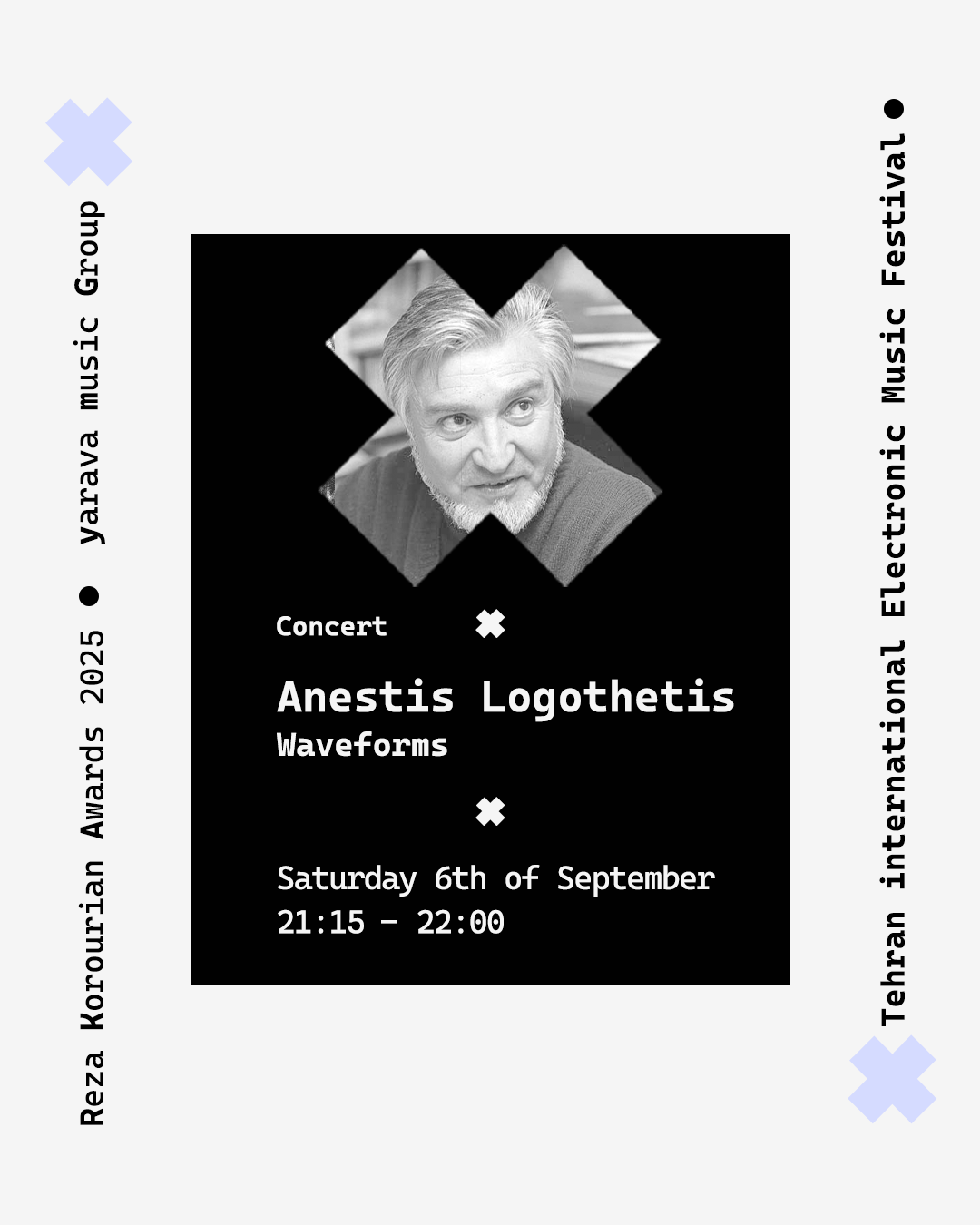
Program Note
(1981, 15:09) – computer music realized at the Electronic Music Studio (EMS) in Stockholm.
Logothetis about the parameters of his compositions elsewhere
“complexity of sound and complexity of time, movement, speed, flow and density of sound, dynamization of music.”
In the winter of 1980/81 Logothetis was invited to the Elektronmusikstudion Stiftelsen, EMS Stockholm. There existed a graphical program, IMPAC after Michael Hinton, which made it possible to track movements started with the joystick for a few seconds. Logothetis assigned the values obtained to various parameters for sound generation. These were then layered on top of each other. The sonic possibilities of this program were limited, but the movement possibilities were enormous. It must have been inspiring for Logothetis to be able to implement his aleatoric approach to composition and his knowledge of cybernetics sonically with a computer program.
Program Note
Capture Éphémère is a seminal work of musique concrète, composed by Bernard Parmegiani in 1967 at the GRM studios in Paris. The piece explores the ephemeral nature of sound and time, not through traditional musical structures, but through a carefully constructed sequence of concrete sonic events. Its title — “Ephemeral Capture” — already hints at the core idea: attempting to grasp fleeting moments through sound.
Parmegiani creates a temporal landscape in which sounds appear, transform subtly, vanish, or re-emerge in altered contexts. The material consists entirely of recorded sounds, processed and arranged to emphasize their temporal behavior rather than their origin. The spatial dimension plays a key role: originally composed for four channels, the piece uses space as an expressive element, guiding the listener’s attention and enhancing the sense of movement.
Rather than following a narrative or developmental arc, Capture Éphémère unfolds through juxtapositions, transitions, and moments of sonic stasis. Parmegiani’s attention to timbre, gesture, and spatial articulation turns listening itself into a meditation on impermanence.
The piece stands as a vivid example of musique concrète’s philosophical potential: not only to organize sound, but to engage with perception and temporality in profoundly poetic ways.
